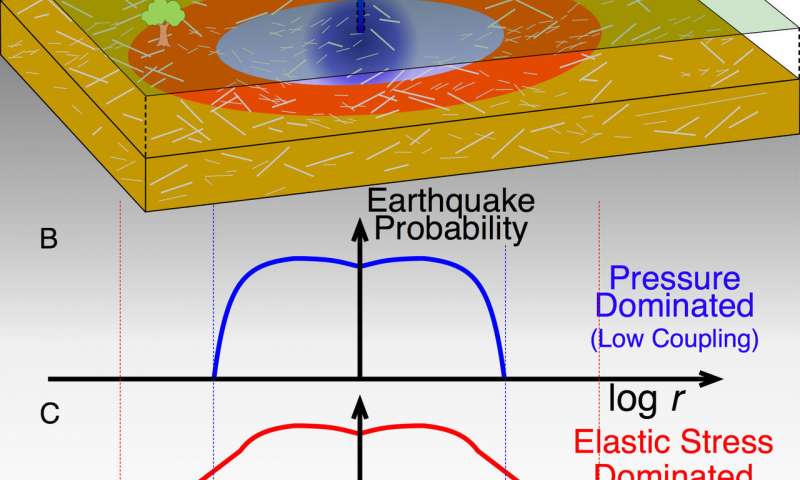Oblique view of Rainbow Bridge, Utah.Credit: Jeff Moore
Utah's iconic Rainbow Bridge hums with natural and human-made vibrations, according to a new University of Utah study, published September 21 inGeophysical Research Letters. The study characterizes the different ways the bridge...
Plots of AMPERE magnetic perturbations and radial current density from the northern hemisphere for 24 February 2014 with start times from 1530 UT through 1700 UT.
Credit: Image courtesy of Wiley
When the supersonic solar wind hits Earth's magnetic field, a...
Where is the geographic center of a state, country or a continent?
It's a question fraught with uncertainty. Do you include water in your calculation? What about islands? What happens when the shoreline shifts?
The U.S. Geological Survey alluded to these...
Researchers from Australia, Germany and the US have quantified the effect of climate extremes, such as droughts or heatwaves, on the yield variability of staple crops around the world.
Overall, year-to-year changes in climate factors during the growing season of...
USDA Forest Service scientists have published an in-depth study on the value of tree planting as a means of offsetting carbon emissions in the United States. An analysis based on publicly available data from more than 130,000 forested plots...
With the ocean absorbing more carbon dioxide (CO2) over the past decade, less of the greenhouse gas is reaching the Earth's atmosphere. That's decidedly good news, but it comes with a catch: Rising levels of CO2 in the ocean...
At the Colorado River delta, cheniers of dead clam shells epitomize the carbon dioxide being added to the atmosphere upstream.Credit: Jansen Smith/Provided
Scientists have begun to account for the topsy-turvy carbon cycle of the Colorado River delta -- once a...
This composite color full-disk visible image of the Western Hemisphere was captured from NOAA GOES-16 satellite at 1:07 pm EST on Jan. 15, 2017 and created using several of the 16 spectral channels available on the satellite's sophisticated Advanced...
This study is the first to link income inequality and carbon emissions within and across the individual U.S. states.
Credit: © andranik123 / Fotolia
Across the U.S., state-level carbon emissions are higher in states where income is more highly concentrated among...
A study of earthquakes induced by injecting fluids deep underground has revealed surprising patterns, suggesting that current recommendations for hydraulic fracturing, wastewater disposal, and geothermal wells may need to be revised.
Researchers at UC Santa Cruz compiled and analyzed data...
Victor Camp has spent a lifetime studying volcanic eruptions all over the world, starting in Saudi Arabia, then Iran, and eventually the Pacific Northwest. The geology lecturer finds mantle plumes that feed the largest of these eruptions fascinating, because...
















